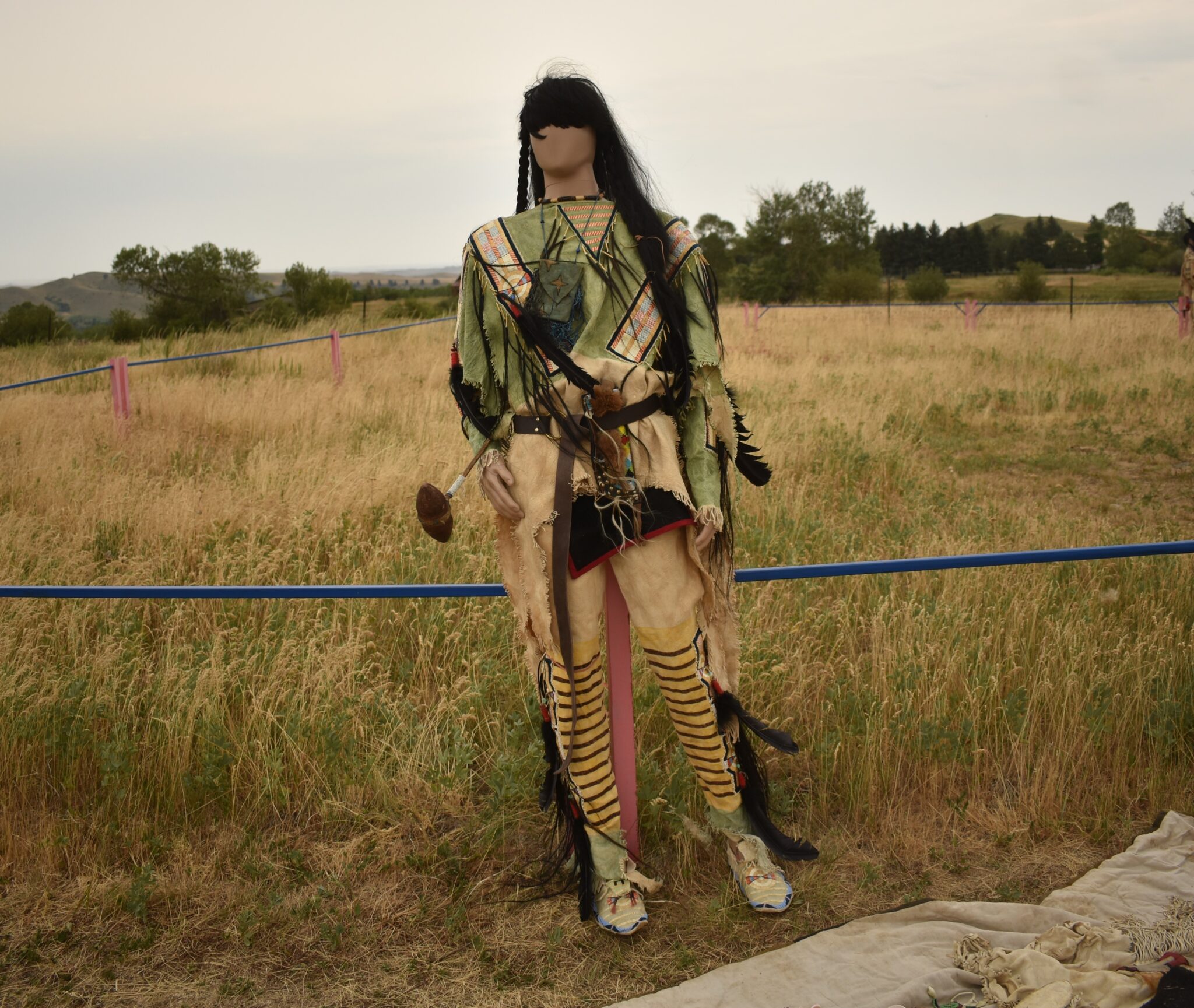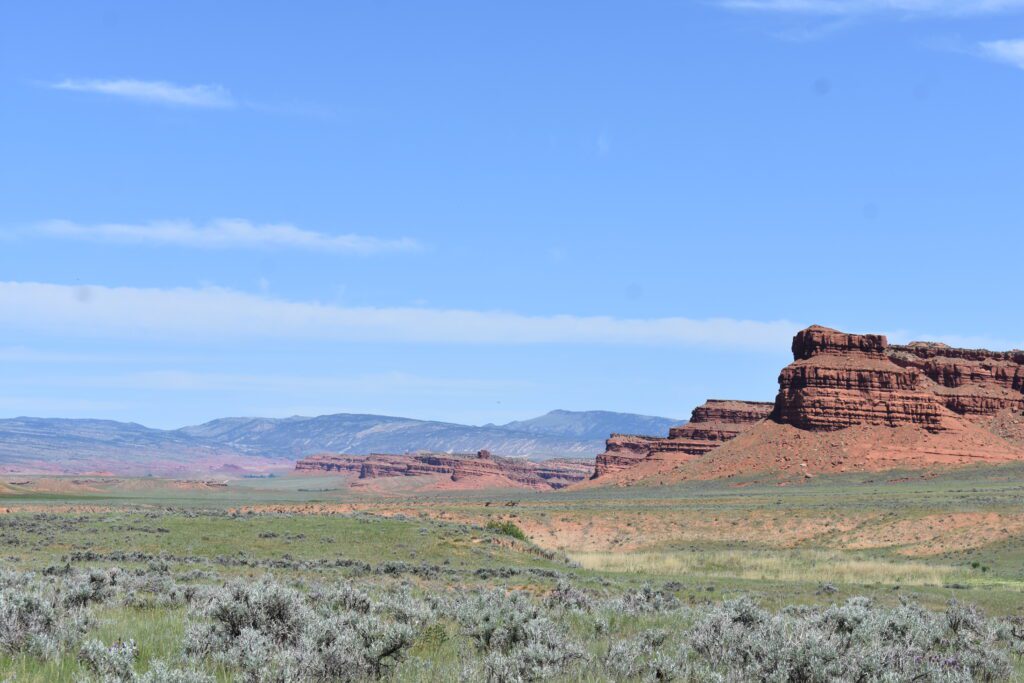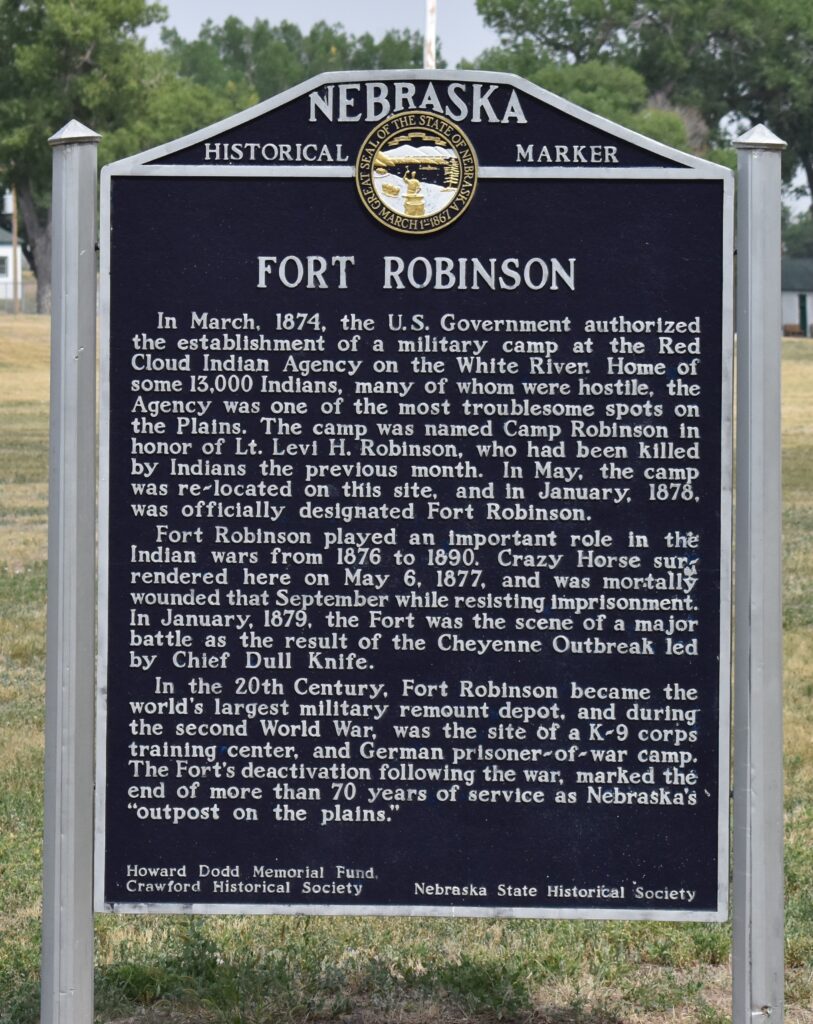News
History: Dull Knife Fight

In the 1964 movie, Cheyenne Autumn, with Richard Widmark and host of other name actors, it tells the story of the Cheyenne people’s desperate attempt to leave the hot, dry Oklahoma reservation to return to their homelands in the Yellowstone Country of Wyoming. The movie was based on the book of the same name by Mari Sandoz.
This week’s history story explores one of the events that preceded the Cheyenne’s re-location to the Oklahoma reservation. This was the Dull Knife Battle which took place near Kaycee, in what was later known as the Hole-in-the-Wall country. Part one will deal with the Dull Knife Battle.
On November 25, of 1876, General Ranald MacKenzie, for whom Fort MacKenzie in Sheridan was named, attacked Dull Knife’s village in the Powder River Country. This from the Cheyenne Weekly Leader, December 6, 1876 – The headlines read,Mackenzies Victory. Further Detail! Of the Fierce Cavalry fight at Dull Knife’s Village. The Troops Marched all Night to Fight all Day Without Food. We gather from the New York Herald’s telegraphic account- of Mackenzie’s battle with Dull Knife, some interesting details of the terrible fight and signal victory:
Dull Knife’s Fastness : The canon (canyon) is about four miles long, and varies in width from a quarter of a mile to a mile from base to base of its walls, twice those distances from crest to crest. It is cut up and intersected throughout by scores of ravines, from five to fifty feet deep. The direction of the main canon is about east and west, and the North Fork of the Powder River winds through it along the south side. Its western end terminates in an irregular range of flat hills, and there are rocky and bushy patches on the side of the canon, and bluffs rising abruptly from the bottom at several points within short distances of the Indian camp.
The Attack: Our Indian allies were sent to the front, and at daylight we gave our horses rein and spur, though our progress was comparatively slow in consequence of the roughness of the country through which we were moving. We had not gone far when our Indians commenced howling and blowing on hideous voiced wind instruments and the Indians in the village, some of whom were still awake and at their war dance, sounded the alarm on a drum, and commenced shooting from their lodges at the advancing column.
The Shoshones, led by Lieutenant Schuyler, aide-de-camp to General Crook, clambered up the hills on the south side of the canon, and galloped along through a brisk fire to the highest point of bluff opposite and overlooking the village. Here they immediately entrenched themselves. and remained throughout the day and all night. The Pawnees, Arapahoes and Sioux went through the center of the canon. swept the village and captured two or three herds of ponies.
Sudden as was the attack, the hostiles continued to dash into the ravines and creep behind the convenient bluffs, rocks and bushes where they fortified themselves to await until the soldiers rushed in. Day had not broken sufficiently to fully discover their movements to us, but the bulk of our advancing column gave them an excellent chance to fire at us with telling effect.

Death Of the Brave McKinney it was then that Lieutenant McKinney, commanding Company M of the Fourth cavalry, the first company of the first battalion, fell, shot in the head and body by a volley, behind a ridge, where he had been ordered to place his company. When falling he cried to his men. “Get back from this place, you are ambushed.” and then exclaimed, just after, “Oh! my poor mother! Tell her! Tell her!”
(As a side note, Fort McKinney in Buffalo was named for Lt. McKinney. First they renamed Fort Reno after him, and then when that fort was abandoned they named the Fort near Buffalo in his honor.)
His men fled from the fatal spot, but immediately rushed back again and swept the savages from the ravine, killing about a dozen of them and holding the position which they had been ordered to take. Nearly all of our men were killed outright, fell in their first dash, or from reckless exposure afterward.
This was about one o’clock in the afternoon, and we had not had anything to eat since three o’clock of the previous afternoon. About four o’clock the volleys grew fewer, and some of the men got a chance to go to the pack train, which had arrived meanwhile, and get a bite. By sundown all was quiet. A count of the tepees after the light showed that the village had contained between 180 and 200, and the warriors are estimated at between 400 and 500.
General Mackenzie reports twenty-five Indians killed, but fully fifty must have fallen. In the captured teepees were found several articles showing, beyond doubt, that the Cheyennes of this village were in the Custer massacre and the Rosebud fight. We have captured about 500 ponies and totally destroyed all the tepees and most of their contents, including the winter’s supply of dried meat. Besides what was destroyed, over fifty horses were loaded with buffalo robes, etc., taken from the lodges by our enlisted Indians.
A quantity of ammunition which the hostiles had no time to take off with them, was also destroyed. Among the Indian dead were said to be three sons of Dull Knife, one of the leading warriors of the Cheyennes, who was heard on the bluffs encouraging his men to be brave during the light.

Gen. Mackenzie’s command discovered no little coolness and bravery in dislodging small parties from advantageous points and had some thrilling fights at close quarters. They had no cowards to encounter in the Cheyennes, some of whom seemed to court death by their reckless dashes. About eleven o’clock the heavy firing was checked on our side.
A few months later, the cold and starving Cheyennes surrendered at Fort Robinson, Nebraska. This from the Cheyenne Daily Leader, April 22, 1877 – They’re There. Dull Knife and Standing Elk with 550 Cheyenne, Lay Their Arms at Crook’s Feet and Seek the Path of Peace.Camp Robinson, Nebraska, April 21. Eighty lodges of Cheyennes, under Dull Knife and Standing Elk, surrendered to General Crook at 11 o’clock today. The village comprises about five hundred and fifty persons, eighty-five of whom are fighting men. They turned in six hundred ponies, sixty guns and about thirty pistols.
They are completely destitute of all the necessaries of life, having lost everything when their village was destroyed in November last. They have no lodges, but simple shelters of old canvass and skins; very few blankets or robes and no cooking utensils.
Many are still suffering from frozen limbs. It is surprising that they have been able to hold out so long under these circumstances, and their doing so proves the fortitude of the American Indian under privation and hardship. This makes about 760 Cheyennes who have surrendered here since the first of January.

Years later, in The Kaycee Independent, June 14, 1917, this story, written by a seventh graders, appeared and told the Indian’s side of the battle. – Capture Of Dull Knife’s Village. Last summer George Bird Grlnnell visited our home. He had with him four old Indians, a half blood interpreter and his chauffeur. He came to visit an old battle ground which lies about eight miles north of our school. The old Indians had fought in this battle, and one, Braided Locks, had been wounded twice. The other three were named Two Moon, Hairy Hand and Said Dog.
My father accompanied them on their visit to the battle field and took my two brothers, my sister and me with him. Dull Knife’s village had occupied the space between the forks of Red Fork creek and stretched about a mile down from there at the time of the battle. The Indians pointed to where the lodges of different friends had stood. The Indians had known that the soldiers were coming days before they arrived at the village and how many there were of them. They had found their tracks and not knowing what they were they sent four scouts to find out what had made them and thus gained their knowledge.
The soldiers had some Pawnee Indians with them and when they attacked the village these Indians charged it on one side and the soldiers on the other. The Indians were the first to break into the village. The women gathered a few of their belongings and ran toward a deep draw. One little girl was left behind by her mother. She began to cry, but she was running in the right direction and when a warrior saw her he took her on his horse and carried her to safety.
The battle was fierce one. One Indian who had been captured before was made to fight against his own people. He made his way to a tall bluff and railed out to his people, “I am forced to fight against you, but I am leaving some ammunition here for you.” When the Indians went there they found quite a supply of cartridges.
Two of the old Indians who visited us, Braided Locks and Hairy Hand, seeing a wounded companion on the field, who was unable to walk and likely to be killed at any time by a stray bullet, rushed out and picked him up. They carried him to safety and it was said that the dust made by the bullets that were fired at them was so thick that they could not be seen. Braided Locks was himself wounded at the time.
One Indian sought refuge behind a large tree and fought bravely but was finally killed. The stump of this tree was pointed out by the Old Indians for the man was their friend. They pointed to the spot where Chief Dull Knife’s youngest boy had fallen. The chief had two boys who were both killed In the battle. It is not known where the second boy fell. The village was finally captured and the Indians fled toward Clear Creek with what belongings they could carry. They had left their lodges standing and the soldiers put them all in a pile and burned them. From the hills the Indians watched their homes destroyed. The old Indians said that when they fled from the battle ground they little dreamed that they would return in an automobile.
Part two will continue the saga of Dull Knife and his brave people.


Shirley Korp
December 4, 2023 at 6:26 am
Interesting, but sad for the Indians.